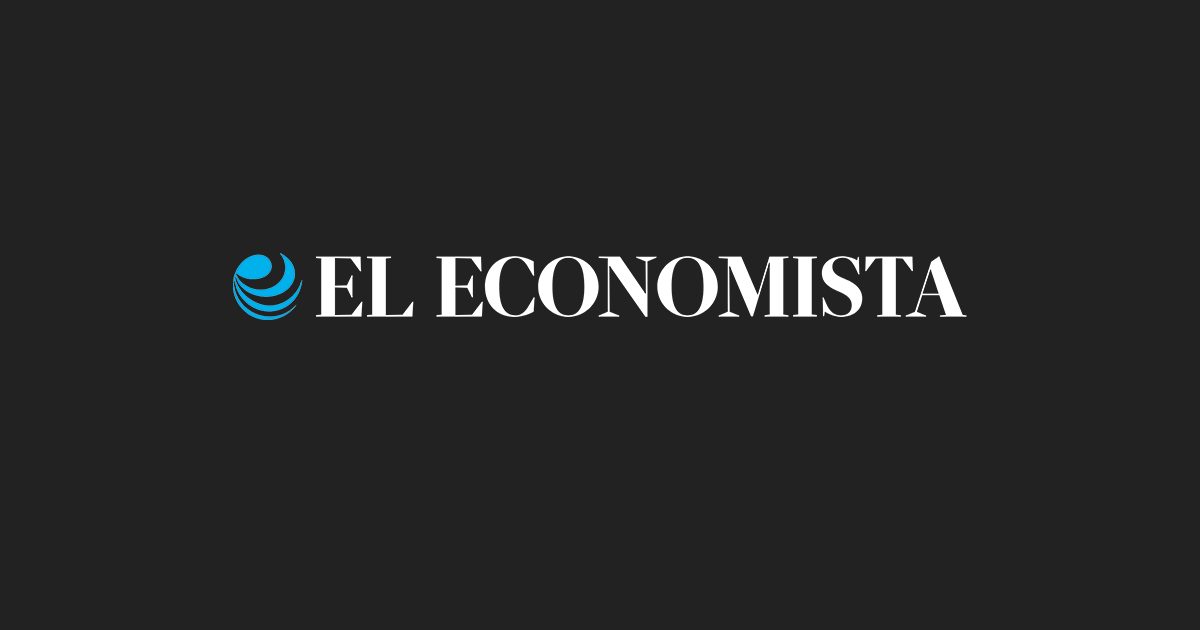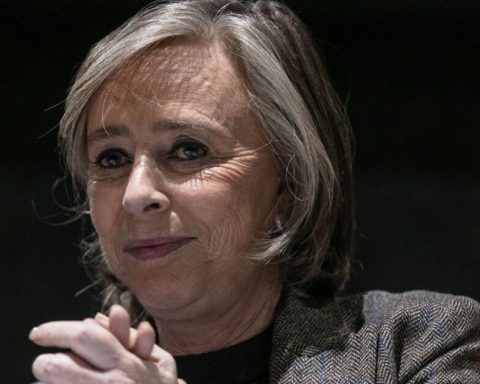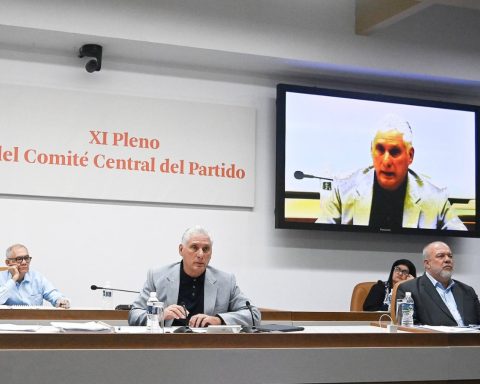The case of Brazil shows that democracies need strong institutions, which avoid the concentration of power, to absorb populist movements without the risk of collapsing.
In Brazil, the latest episode of populism seems to be coming to an end. The strong anti-system wave, motivated by the Brazilian public’s distrust of traditional politicians, has lost much of the strength that brought Jair Bolsonaro to the presidency in 2018. Bolsonaro not only carried out a far-right populist campaign, as ruler he opted for conflict, polarization and abuse of the rule of law. His autocratic tendencies have put Brazil’s democratic institutions to a severe test.
Now he is seeking his re-election for an additional period of four years, in the presidential elections whose first round will be held on October 2. However, the polls show enormous disenchantment with the way of governing of the former artillery captain of the Brazilian Army, who had a long career in the Chamber of Deputies as a representative of Rio de Janeiro. A negative view of the country’s direction also prevails among the electorate.
Worse yet, Bolsonaro faces competition from former President Luis Ignacio Lula da Silva. Lula, who governed Brazil between 2003-2010, ran again as a presidential candidate, after, in March 2021, the Brazilian justice exonerated him from corruption charges related to the case of bribery of politicians and businessmen, known as Operation “Car Wash”.
Brazil has a second round system for presidential elections. If no candidate wins more than 50% of the votes on October 2, the two most voted go to a second round, which would be held four weeks later. However, Lula has such a big advantage in the intention to vote that the polling houses assign him a significant probability of winning the election in the first round.
At 75, Lula remains Brazil’s most popular politician. His two terms as President of the Republic coincided with the upward phase of the commodity cycle in international markets, which propelled the Brazilian economy. The bonanza allowed to grow and distribute. Lula was thus able to finance the social programs that were the hallmark of his government.
Bolsonaro, on the other hand, reaches the end of his term with a stagnant economy. After a strong 5% recovery in 2021, the growth rate plummeted. The OECD forecasts that the GDP will grow 0.6% this year and 1.2% in 2022. Inflation, which is around 12%, has caused a strong loss of purchasing power of the population. At the same time, it has forced the central bank to raise interest rates – a bucket of cold water for investment in productive projects.
Populist movements, like the one that elevated Bolsonaro in 2018, are recurring phenomena in democratic systems. They reappear from time to time, the result of being fed up with the usual politicians. They feed off the perception that the system has stopped working for the people and serves only the interests of the elites. Populism can leave behind reforms that strengthen democracy, but it can also destroy it and lead to the establishment of autocratic regimes, as happened in Venezuela.
The case of Brazil shows that democracies need strong institutions, which avoid the concentration of power, to absorb populist movements without the risk of collapsing. The 1988 Brazilian Constitution established a robust consensual political model, which has been the key to containing the most recent populist wave. It is based on institutions that at the same time disperse and force the sharing of power.
Bolsonaro never knew how to navigate it. Lula, on the other hand, learned that whoever radicalizes loses. Although he campaigned as a left-wing populist in the past, he later knew how to govern from the center. He learned that in order to achieve results, one had to moderate, instead of trying to destroy the institutions.
*Professor at CIDE.
Twitter: @BenitoNacif














